Research Highlights
Research Highlights
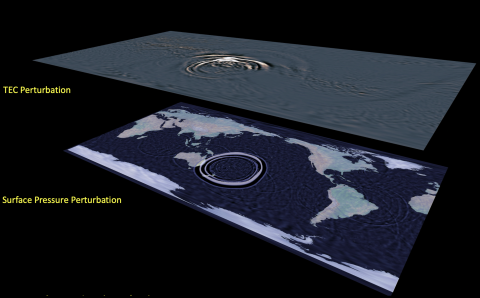
Atmospheric and Ionospheric Responses to Hunga-Tonga Volcano Eruption Simulated by WACCM-X
H.-L. Liu, W. Wang, J. D. Huba, P. H. Lauritzen, and F. Vitt analyze the Hunga Tonga-Hunga Ha'apai Volcano waves that have been recorded by ground and satellite instrumentation. This event provides a rare opportunity to study the strong and direct connection of the whole atmosphere system. The high-resolution Whole Atmosphere Community Climate Model with thermosphere/ionosphere extension (WACCM-X) can simulate the global propagation of the waves, and the model results compare favorably with observations from the surface to the thermosphere and ionosphere.
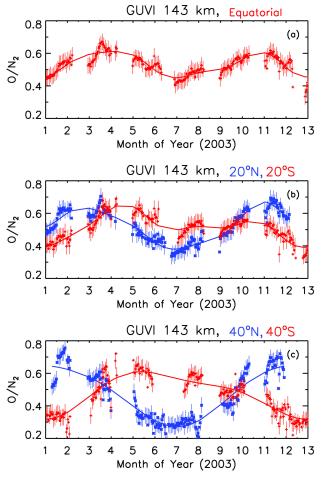
Hemispheric Asymmetry of the Annual and Semiannual Variation of Thermospheric Composition
JGR-Space: Liying Qian, Wandi Yu, Nicholas Pedatella, Jia Yue, Wenbin Wang examine hemispheric asymmetry of the annual and semiannual variation of the ratio of O and N2 concentrations (O/N2) using observations by the GUVI instrument onboard the TIMED satellite and compare them with WACCM-X model simulations. They observe and compare the equatorial region (“equinox peaks”) in varying months and hemispheres.
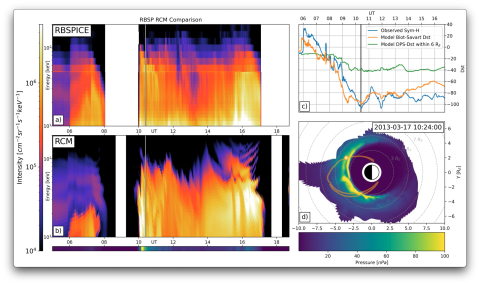
The contribution of plasma sheet bubbles to stormtime ring current buildup and evolution of the energy composition
Kevin Pham et al. utilize numerical modeling to investigate ring current buildup for a specific solar storm, and find that flows that are medium scale relative to the system size and referred to as plasma “bubbles”, are responsible for at least half of the total buildup of ring current plasma. Our analysis also shows that the bubbles displace some of the background plasma on their way Earthward, which is important when calculating their net contribution to the ring current.
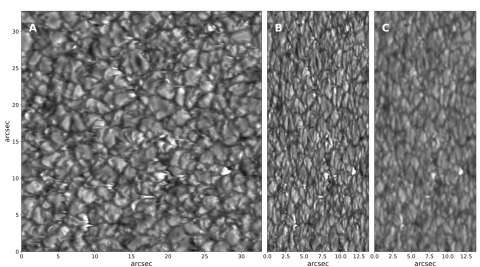
Limitations and biases in the retrieval of the polar magnetic field I: the role of the magnetic filling factor in Milne-Eddington inversions of simulated Hinode/SP data
Rebecca Centeno, Ivan Milic, Matthias Rempel, Nariaki Nitta, Xudong Sun study the extent to which Milne-Eddington inversions are able to retrieve and characterize the magnetic landscape of the solar poles from observations by the spectropolarimeter onboard Hinode. In particular, they evaluate whether a variable magnetic filling factor is an adequate modeling technique for retrieving the intrinsic magnetic properties from every pixel in the polar field of view.
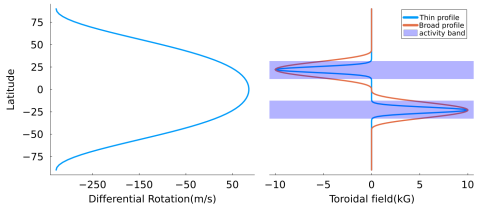
Quasi-geostrophic MHD equations: Hamiltonian formulation and nonlinear stability
Breno Raphaldini, Mausumi Dikpati, and Carlos F. M. Raupp introduce the Hamiltonian formulation for a model that reasonably describes the dynamics of large-scale flows in stars and planets. They find two kinds of invariants of the system, the Casimirs, and the zonal momentum.
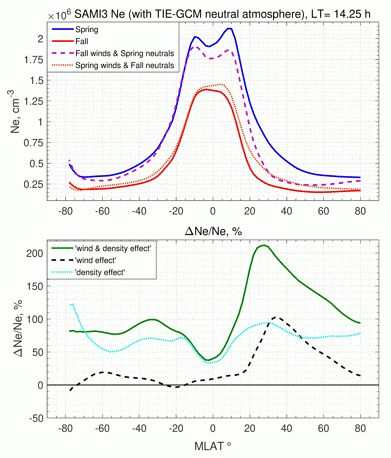
Equinoctial Asymmetry in the Upper Ionosphere: Comparison of Satellite Observations and Models
Authors L. Lomidze, D. J. Knudsen, M. Shepherd, J. D. Huba, and A. Maute observe that the terrestrial ionosphere displays significant equinoctial asymmetry despite the upper atmosphere receiving similar levels of solar ionization energy at a given location and local time in spring and fall during similar solar activity conditions. Satellite analysis data and model simulations provide better insights into the atmosphere-ionosphere coupling processes.
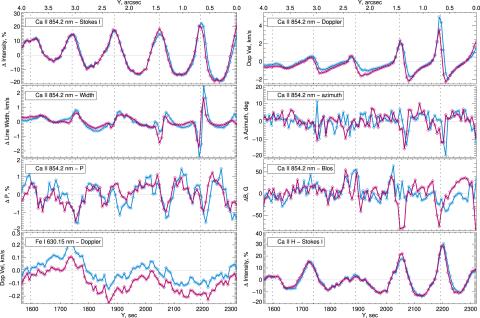
First Observation of Chromospheric Waves in a Sunspot by DKIST/ViSP
R. French, T. Bogdan, R. Casini, A. de Wijn, and P. Judge interpret the first observation by DKIST/VISP of Chromospheric Waves and observe in detail a steady umbral flash near the center of a sunspot umbra. They also find evidence for rarefaction waves situated between neighboring wave train shocks.
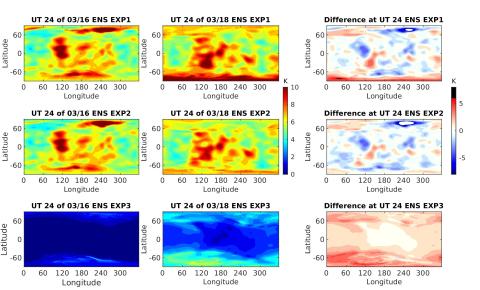
Effects of Forcing Uncertainties on the Thermospheric and Ionospheric states during geomagnetic storm and quiet periods
Understanding the sensitivity of the thermosphere and ionosphere to forcing uncertainties under different geomagnetic conditions is critical for space weather predictions. Chih-Ting Hsu and Nicholas Pedatella use WAXXM-X, with various kinds of forcing perturbation, to evaluate the upper atmosphere's response to the uncertainties of different forcings. The lower atmospheric wave and tide forcing uncertainties, and high-latitude electric potential uncertainty are addressed.
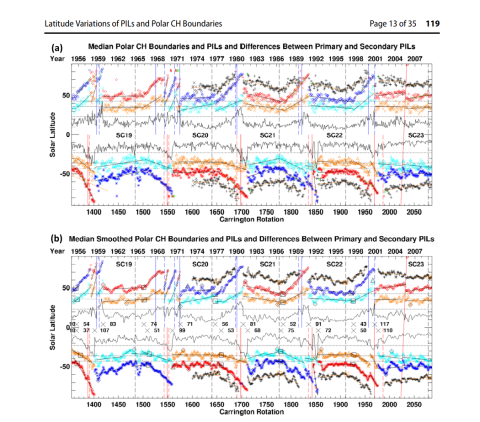
Latitude Variations in Primary and Secondary Polar Crown Polarity Inversion Lines and Polar Coronal Hole Boundaries over Five Solar Cycles
B. A. Emery, D. F. Webb, S. E. Gibson, I. M. Hewins, R. H. McFadden, and T. A. Kuchar undertake a five solar-cycle (SC 19 - 23) ≈55-year (December 1954 to August 2009) study of the high latitude polarity inversion lines (PILs) using the recently digitized McIntosh Archive (McA) of solar synoptic (Carrington) maps. They observe hemispheric differences in the "Rush to the Poles" (RttP.)